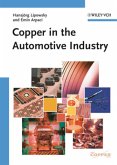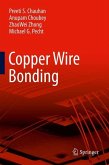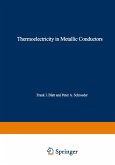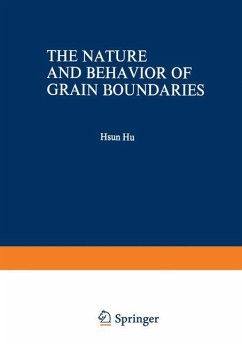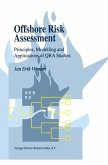As device dimensions shrink, there is an urgent need to replace conventionally used aluminum interconnects to achieve increased current density requirements and better performance at future technology node. Copper is a viable candidate due to its lower resistivity and higher resistance to electromigration. However, Cu has its own problems in its integration. It diffuses rapidly through SiO2, Si and Ge into the active regions of the device, thereby deteriorating device performance. There is therefore a need to find a diffusion barrier for Cu. This book explores ternary nitrides and a bi-layers approach as alternative solutions towards achieving the goal. Diffusion barriers are grown on Si and Ge substrates to understand their interactions with both which would possibly give an insight into the behavior of it reacting with SiGe substrates.
Bitte wählen Sie Ihr Anliegen aus.
Rechnungen
Retourenschein anfordern
Bestellstatus
Storno


